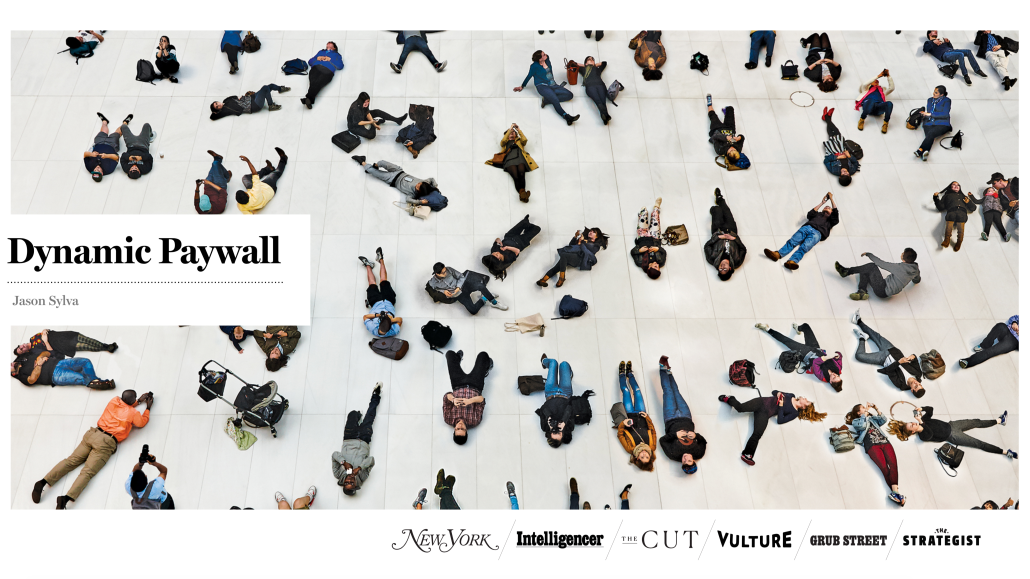Register by Jan 13 to save on passes and connect with marketers from Uber, Bose and more

In theory, a flexible paywall allows a publisher’s audience to develop more of a habit, hit advertising campaign goals more easily, and test out more hypotheses. But it also risks confusing readers. In this presentation from Digiday’s Hot Topic: Subscriptions and Commerce, which took place in New York City this past February, hear from Jason Sylva, general manager of consumer marketing revenue at New York Magazine, as he discusses its decision to go with a dynamic paywall. The key hits:
- Information like when, where and how consumers are interacting with your content can help you determine strategic perimeters for the paywall.
- When introducing a paywall, many publishers run into problems with it impacting their advertising business. To find a balance, consider leaving the paywall off of one-off pieces, such as television recaps or event coverage, and instead drive it on some of the more in-depth reporting.
- Optimize, but also learn: Optimizing focuses on existing demand, and learning enables you to build a more sustainable business.
Listen to this presentation on the Digiday Live podcast here.
More in Media

Future starts to sharpen its AI search visibility playbook
Future is boosting AI search citations and mentions with a tool called Future Optic, and offering the product to branded content clients.

Digiday’s extensive guide to what’s in and out for creators in 2026
With AI-generated content flooding social media platforms, embracing the messiness and imperfection of being human will help creators stand out in the spreading sea of slapdash slop.

Media Briefing: Here’s what media execs are prioritizing in 2026
Media executives enter 2026 weathered by disruption, but refocused on AI revenue, brand strength and video and creator opportunities.








